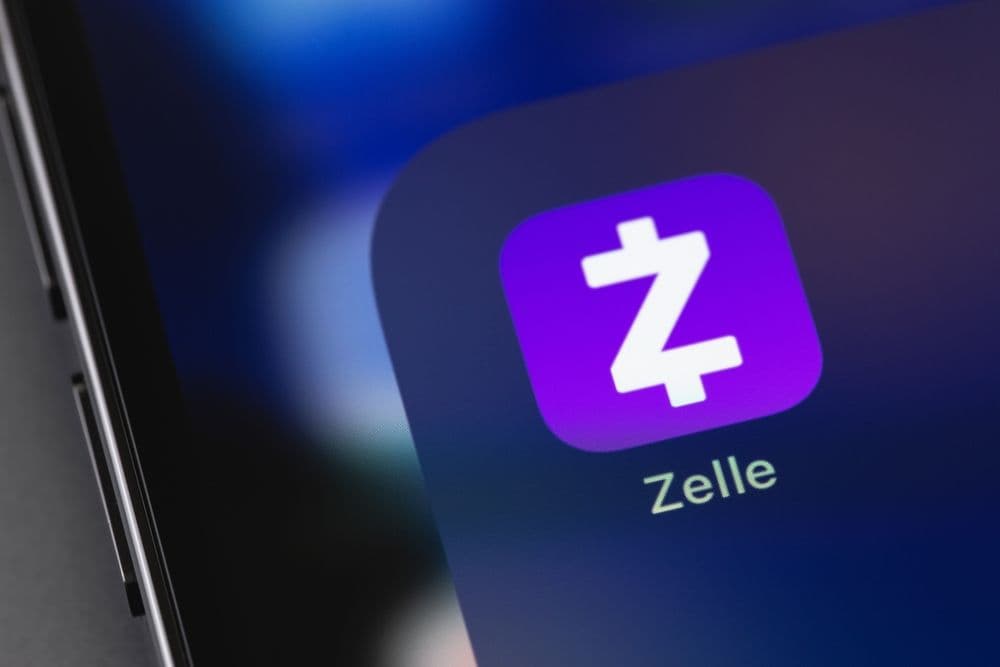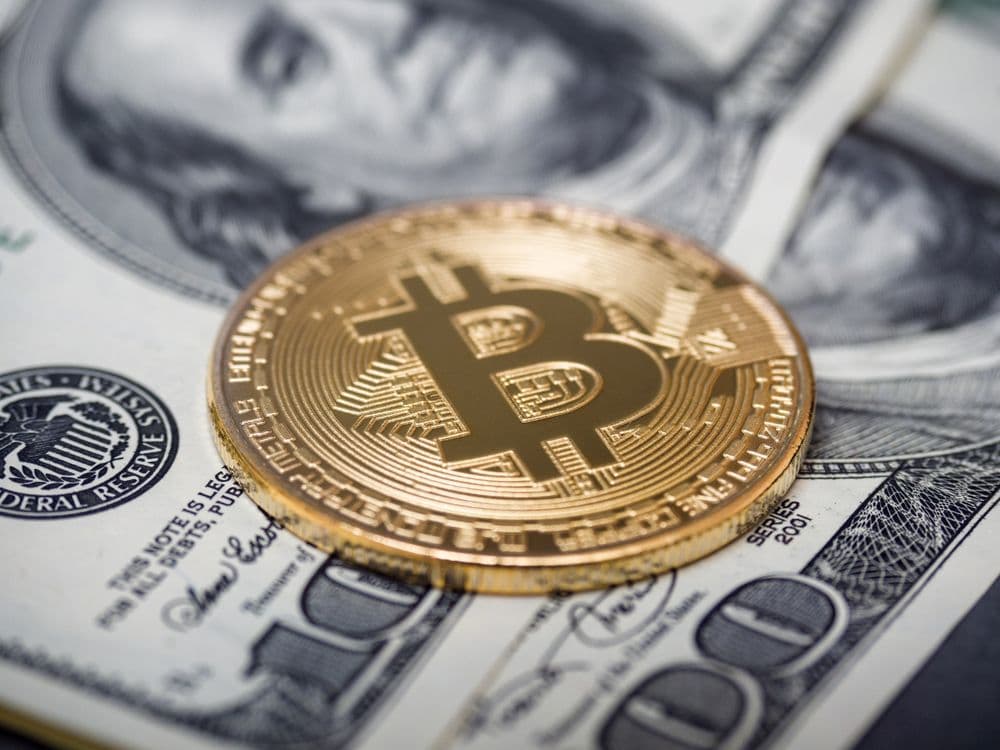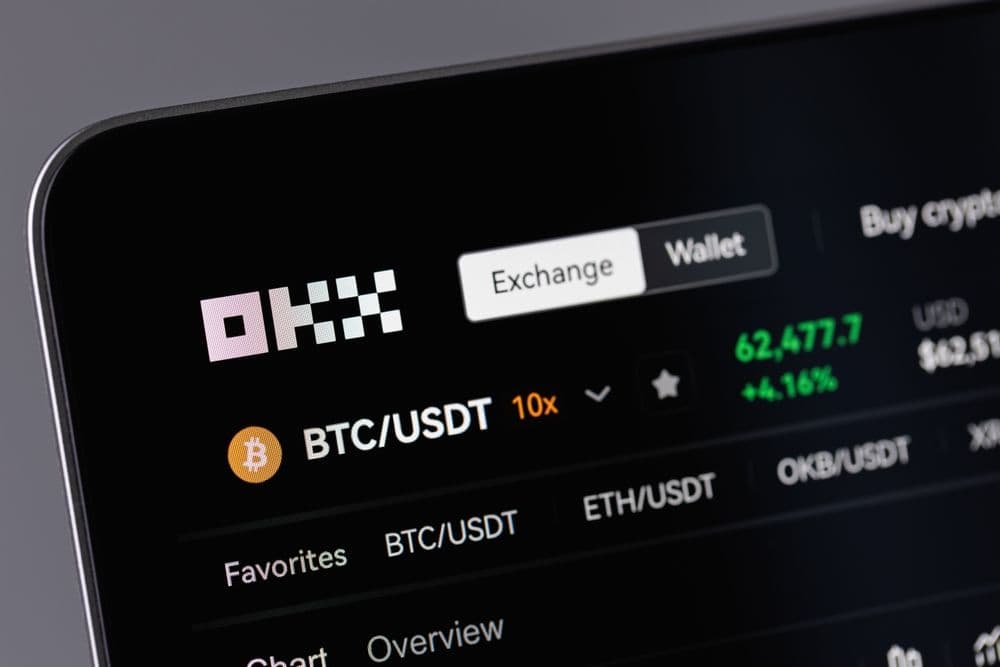 Pakistan urged to regulate crypto, explore $25 billion digital rupee opportunity. (Unsplash)
Pakistan urged to regulate crypto, explore $25 billion digital rupee opportunity. (Unsplash)The call came at a recent conference of the Sustainable Development Policy Institute, or SDPI, where estimates placed Pakistani household and institutional holdings of asset-backed crypto instruments at between $20-30 billion, with exchange-traded volumes potentially touching $300 billion, almost equal to Pakistan's GDP of around $400 billion, as reported by Pakistan’s Daily Times.
Experts said proactive regulation, rather than prohibition or a hands-off approach, would allow Pakistan to benefit from global fintech developments while addressing potential risks such as cyber-fraud and consumer harms. In the meantime, the country is moving ahead with internal work on a CBDC for the Pakistani rupee and also exploring a rupee-backed stablecoin as a way to improve remittances and widen access to financial services.
The headline warning from the SDPI forum was that delays in regulation could cost Pakistan as much as $25 billion in missed economic opportunity. Officials from the Pakistan Banks Association (PBA) placed the potential upside at $20-25 billion, pointing to the global stablecoin market exceeding $27 trillion.
Yet Pakistan's regulatory regime remains in flux. The State Bank of Pakistan has provided notice that work is under way to develop the institutional capacity required for a prospective central bank digital currency, while a comprehensive framework for virtual assets is being drafted. These initiatives have been characterized by officials as elements of the country's overall digital-finance modernization agenda, though no pilot program or launch timeline has been officially declared.
On the other hand, Pakistan's financial regulators have yet to accord formal recognition to cryptocurrencies and related trading platforms. As it stands, virtual-asset activities under current laws operate within no firmly defined legal framework, and no official licensing regime has been introduced to govern their use or exchange.
This gap between regulatory ambition and ongoing restrictions has created a situation wherein digital assets are widely used by individuals and freelancers, yet operate without clear protections or official oversight.
The suggestions in this regard during the SDPI conference were for a phased approach wherein first, legalize and license VASPs under a clear regulatory regime; second, launch CBDC/stablecoin; third, gradually integrate private crypto activities. In other words, balance innovation with control rather than going by default to prohibition.
One of the attractions of a rupee-based digital token is its potential to reduce remittance costs. Pakistan is among the world's leading remittance-recipient countries: funds sent home by overseas Pakistanis form a vital part of national foreign currency flows. A low-cost, digital remittance channel could improve financial inclusion and channel flows through regulated, domestic rails instead of informal mechanisms. The SDPI report flagged this as a key benefit of digitising the rupee.
Yet the initiative faces major obstacles.Cyber-security risks, lack of consumer protection, anonymity and the strain on the country's weak financial infrastructure were constant references among conference participants. The need for a robust legal and supervisory regime was stressed as basic if Pakistan is to avoid repeating high-risk failures seen in other jurisdictions.
There is also a more general structural challenge: the banking sector and the system of payments in Pakistan are still developing. While the SBP’s innovation department lists “central bank digital currency (CBDC), distributed ledger technology (DLT) and other evolving technological advancements” among its scope, implementation remains nascent.
From a macroeconomic point of view, Pakistan has strong motivation to modernize both its payments and financial system. The country's foreign exchange reserves, external vulnerabilities, and inflation pressures all add up to increase the risk of inefficient financial intermediation. The SDPI and PBA lenses look upon the crypto/digital currency transition as an opportunity to strengthen financial resilience and tap into new digital flows.
Yet, the present disparity between public ambition and legal reality is a cause for caution. The fact that the SBP has consistently reiterated that crypto transactions are illegal, even as efforts get underway to draft regulation and digital-currency pilots, means that many investors and users continue to be exposed in a legal gray zone. Such uncertainty dampens Pakistan's ability to attract meaningful investment in the digital-asset ecosystem, such as investment in fintech infrastructure, blockchain-enabled services, and global partnerships.
Most participants came to a similar conclusion at the SDPI forum: Pakistan cannot afford to keep itself on the sidelines. “A cautious, phased approach,” as one expert put it, “is better than continued prohibition which simply drives activity underground.”
The question is no longer whether digital assets and tokenized finance will feature in its future economy, but how the country chooses to navigate that inclusion. It will be regulatory clarity, the creation of a credible pilot of the digital rupee and embedding safeguards that decides whether the country captures the upside of digital-asset growth or merely becomes part of global spill-over risk.

Senate and White House edge toward digital-asset deal

Zelle expands globally with stablecoin initiative

ENDRA Life Sciences unveils crypto treasury, $14.4M raise

OKX launches Rubix